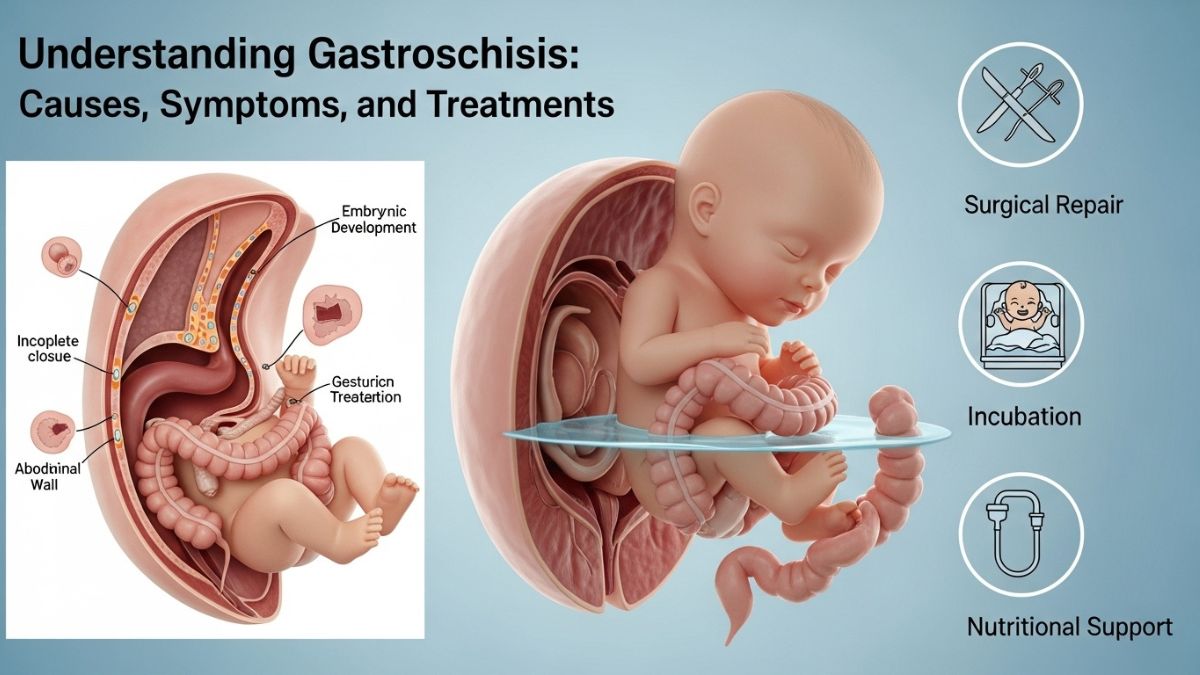Introduction to Advances in Spine Surgery
Technological advancements have transformed spine surgery, enhancing patient experiences and efficiency. The medical community is redefining standards for spine and back issues, incorporating minimally invasive techniques, robotics, and AI-driven innovations. These advancements enhance patient outcomes and optimize workflow for surgeons and medical teams, ensuring precision and care excellence. The intersection of technological innovation and medical expertise is driving this transformation, with professionals like Gbolahan Okubadejo playing vital roles in driving this progress.
Minimally Invasive Spine Surgery: A New Standard
Minimally invasive spine surgery (MISS) represents a paradigm shift in traditional surgical methodologies. Unlike conventional techniques requiring large incisions, minimally invasive methods utilize small incisions, reducing muscle damage and accelerating recovery times. According to the Mayo Clinic, such procedures are at the forefront of medical advancement, resulting in reduced suffering, faster recovery, and shorter hospital stays. Therefore, this shift towards minimally invasive techniques is not just a trend but a necessary evolution towards superior surgical care.
Role of Robotics in Modern Surgical Procedures
Robotic technology is redefining accuracy and control in surgical specialties. In spine surgery, robotic systems provide surgeons with enhanced 3D visualization and steady mechanical precision that reduces hand tremors. This precise control translates into fewer complications and abnormalities during surgery. Robotics benefits surgeons by facilitating more controlled and exact movements. It plays a critical role in the preoperative planning stages, where detailed surgical plans can be created and simulated before the actual procedure begins.
AI-Driven Innovations in Patient Care
Artificial intelligence revolutionizes healthcare by personalizing treatment plans and aiding in complex decision-making processes. In spine surgery, AI systems analyze vast amounts of data to predict surgical outcomes, personalize care, and increase the efficacy of surgical interventions. This technology can improve patient care by providing real-time insights and dynamic adjustments during surgery, resulting in better outcomes through data-driven decisions. Integrating AI into surgical processes is an exciting frontier that promises to align more closely with patient-specific needs and circumstances.
Enhanced Recovery Techniques for Post-Surgery
With the advancement of surgical techniques comes the evolution of post-operative care protocols. Enhanced recovery programs ensure patients can swiftly resume their daily activities. These comprehensive approaches often include personalized rehabilitation plans and supportive therapies to bolster strength and flexibility post-surgery. As part of a holistic recovery strategy, these techniques ensure that the benefits of innovative surgical procedures extend beyond the operating room, promoting long-term health and quality-of-life improvements for patients.
Patient Outcomes and Long-Term Benefits
Patients undergoing advanced spine surgeries are experiencing unprecedented positive outcomes. With decreased risks of complications and faster recovery times, the long-term benefits of these innovations translate to enhanced quality of life. Studies report significant mobility and pain management improvements, improving patient satisfaction and personal well-being. These advantageous outcomes underscore the transformative impact of modern surgical practices and affirm the need for continued investment in developing such technologies.
Common Concerns and Questions Addressed
Patients considering spine surgery often have concerns regarding the potential risks and benefits. Fortunately, resources such as the American Association of Neurological Surgeons offer comprehensive FAQs that address such problems. These tools are important in assisting patients and their families in understanding these sophisticated treatments, allowing them clarity and peace of mind during decision-making.
The Future Outlook: What’s Next in Spine Surgery?
Looking forward, the field of spine surgery is poised for continued innovation with further integration of technology into every aspect of patient care. From preoperative planning to postoperative recovery, advancements in robotics, AI, and minimally invasive techniques are set to redefine what’s possible. Patients and practitioners can anticipate more refined procedures with greater safety, efficiency, and effectiveness. As these cutting-edge treatments emerge, spine surgery is poised to continue at the forefront of medical progress, providing hope and a better quality of life to countless people worldwide.











